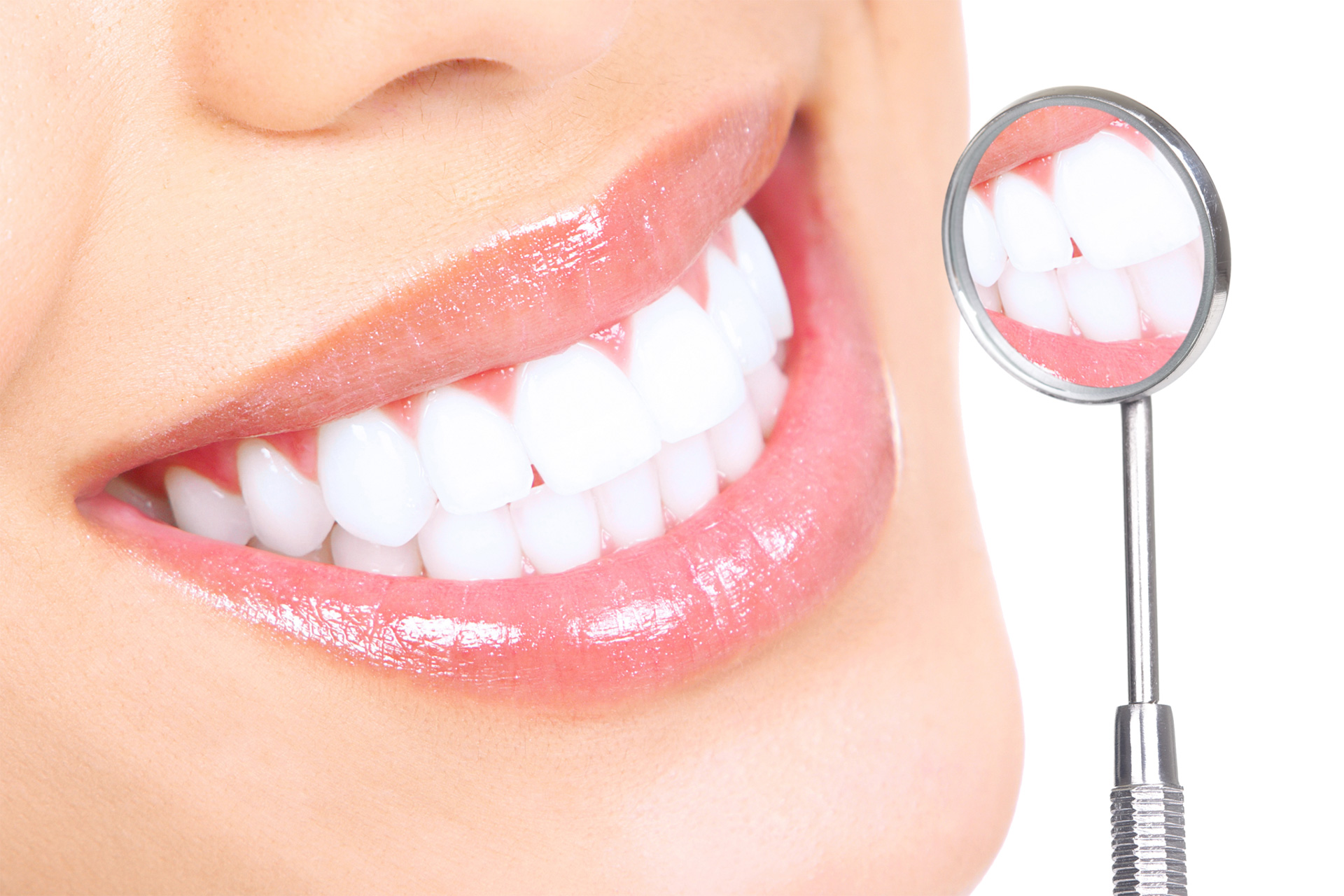TARTAR

What is a tartar?
Dental calculus (hard plaque) is mineralized dental plaque (soft plaque). It is caused by the deposits of mineral salts from the oral environment into soft plaque. Creating of dental calculus depends on the composition of saliva (the largest part of the mineral salts in the tooth tartar originates from saliva), ph of saliva (the more acid saliva means the more mineral salts turn into soft plaque), saliva enzymes (phospatases and esterases increase the concentration of the minerals in saliva by hydrolysis), as well as oral hygiene.
Dental calculus can be supragingival (above the gums and it is visable) and subgingival (below the gums and it is invisible).
Who has tartar and where does it mostly appear?
Tartar usually occurs near the channel copy large salivary glands. Tartar most frequently occurs on the lower anterior teeth from the inner side and on the upper posterior teeth from the outside. It can cover part of the teeth to the gums or even the entire surface of the teeth. It occurs more in older people and smokers.
How and how often do we need to remove tartar?
Control dental examinations are required to be done once in six months and they determine whether tartar needs to be removed. It is usually removed by ultrasound machines although it can also be removed by for that purpose, specifically designed instruments (curette).
This intervention is non-invasive and usually painless. Mild pain occurs in case of pronounced gingivitis. After removing the hard plaque, the tooth surface is smoothen with an abrasive paste and brushes or by blasting in order to smoothen surface and prevent deposition of new soft and then hard plaque.
Why is there sometimes a painful sensitivity after removing tartar?
Tartar deposited on teeth puts pressure on the gums causing their inflammation and then retreat. As a result of gums’ withdrawal we have bare necks and roots of teeth that are not covered with a protective enamel. While tartar is on teeth it “tucks” the teeth of external stimuli. When we take it off (this is necessary due to pathogenic microorganisms that are found in tartar) what remains is “naked” and painfully sensitive tooth surface.
How to reduce such a painful tooth sensitivity?
If the pain sensitivity does not disappear after a few days, you should contact your dentist. After clinical examination dentist will choose a way to reduce the painful sensitivity of such teeth: desensitization by laser, coating teeth with dental solutions with a high content of fluorine, use of special toothpaste (for example Sensodyne Rapid), fillings on the painful parts of the tooth.
If there are causes that exacerbate the sensitivity of the teeth, they should be removed. That is the case with oclusal trauma, orthodontic anomalies, poor brushing technique, high merged frenulum and blister, inadequate prosthetics and fillings.